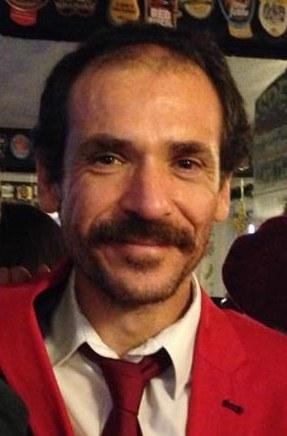Research
Electrical activity of nerve cells leads to the opening of voltage-gated calcium channels and therefore calcium influx and often consequential release or uptake of calcium from intracellular stores. These calcium fluxes lead to pH changes through a number of mechanisms including the activation of the plasma membrane calcium ATP-ase (PMCA or calcium pump) which counter transports H+. The result is that electrical activity leads to pH changes which are often larger in spatially restricted areas of nerve cells such as dendritic spines. We are interested in both learning how the size of these shifts is controlled and the effects they have on synaptic activity. The PMCA is not the only source of pH changes within the nervous system. Synaptic vesicles are highly acidic and release their contents into narrow clefts. We (Peter Thorn’s group and I) have shown that in Pancreatic acinar cells the pH shifts resulting from single fusion events can be large enough to alter synaptic function. One hypothesis, for which we have provided some evidence, is that at the Drosophila neuromuscular junction acid released from vesicles may induce further fusion events. This is a novel mechanism that may act as a driver of exocytosis and may contribute to ascynchronous vesicle release.
Our most recent work surrounds the mechanism of carbon dioxide induced anaesthesia. We use Drosophila models, both electroretinogram and negative geotactic assays to investigate the mechanisms and site of general anaesthesia.
Teaching and Supervisions
Part II Cellular Physiology organizer, Part IA Homeostasis Course Organizer and I lecture in Part IA Physiology of Organisms and Part IB Physiology.
Public Lecture - 15th February - Optimizing endurance performance is an intellectual exercise


